Understanding Anesthesia Laryngoscopes – Key Uses
Dec 23, 2023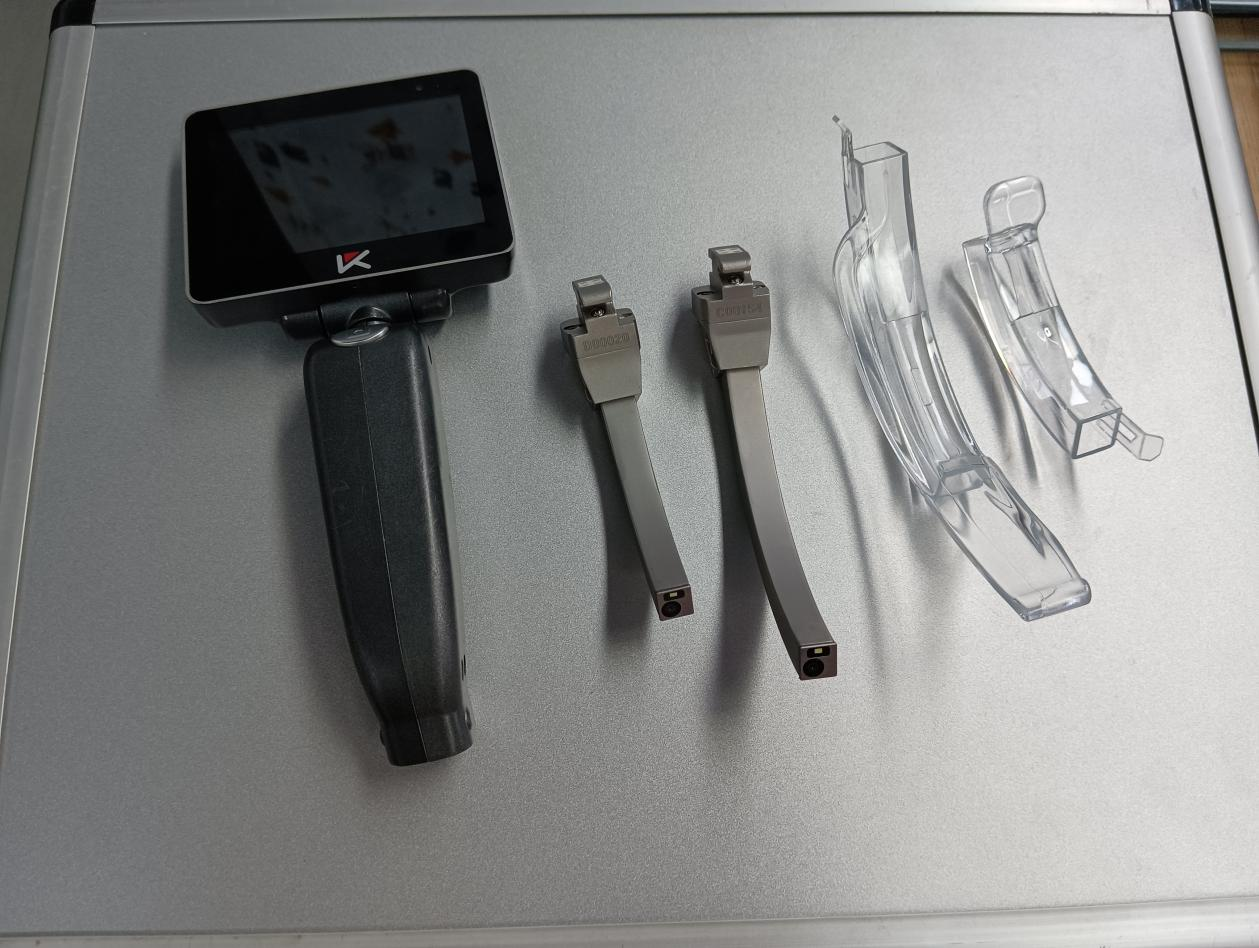
Anesthesia laryngoscopes are among the most important pieces of equipment in surgical anesthesia. These devices, used by anesthesiologists and other medical professionals, play a crucial role in managing the airway during surgery. With the aid of advanced anesthesia equipment, patients can receive the care they need without complications.
Key Takeaways
- Anesthesia laryngoscopes are vital in surgical settings
- These devices aid in managing the airway during surgery
- Advanced anesthesia equipment has significantly improved patient care
Functions of Anesthesia Laryngoscopes
Anesthesia laryngoscopes are specialized devices used in surgical settings for managing the airway and facilitating laryngoscopy procedures. These devices allow anesthesia providers to visualize the larynx and other structures in the airway to ensure proper placement of endotracheal tubes or other airway devices.
Laryngoscopy techniques used with anesthesia laryngoscopes may include direct or video laryngoscopy, and the choice of technique depends on the patient’s anatomy, the surgical procedure, and other factors. Anesthesia monitoring is also crucial during the procedure to ensure patient safety. Common laryngoscope procedures performed in surgical anesthesia include intubation, tracheostomy, and bronchoscopy.
Overall, anesthesia laryngoscopes play a vital role in airway management and are essential in ensuring successful surgical outcomes. As technology continues to advance, these devices will remain critical in improving anesthesia techniques and patient care.
Advancements in Anesthesia Laryngoscopes
Over the years, there have been significant advancements in anesthesia laryngoscopes and their associated technology. Newer laryngoscope devices have been developed, improving anesthesia techniques and contributing to better patient outcomes. These advancements have propelled the field of anesthesia forward and revolutionized the way doctors manage patients during surgery.
The latest laryngoscope devices are smaller and more portable, allowing for easier use and better outcomes. They require less force to manipulate the device, reducing the risk of tissue trauma and ensuring a safer procedure. Additionally, these devices come equipped with advanced features such as video monitors and high-resolution cameras, providing an enhanced view of the airway and improving the accuracy of laryngoscope procedures.
Advancements in anesthesia techniques have also been made, with new methods being developed to improve patient safety. One such technique is the use of ultrasound during intubation, which helps to ensure proper placement of the breathing tube. Another technique involves the use of neuromuscular blocking agents to create a relaxed environment during surgery, improving patient comfort and reducing complications.
The impact of these advancements in laryngoscope technology and anesthesia techniques on patient outcomes has been substantial. Patients experience less discomfort during surgery, and there is a reduced risk of complications such as tissue trauma and failed airway management. Moreover, these advancements have made anesthesia procedures safer and more efficient than ever before.
Overall, the advancements in anesthesia laryngoscopes and associated technology have greatly improved the field of anesthesia. With continued research and development, it is likely that we will continue to see even further improvements in the years to come.
Airway Management with Anesthesia Laryngoscopes
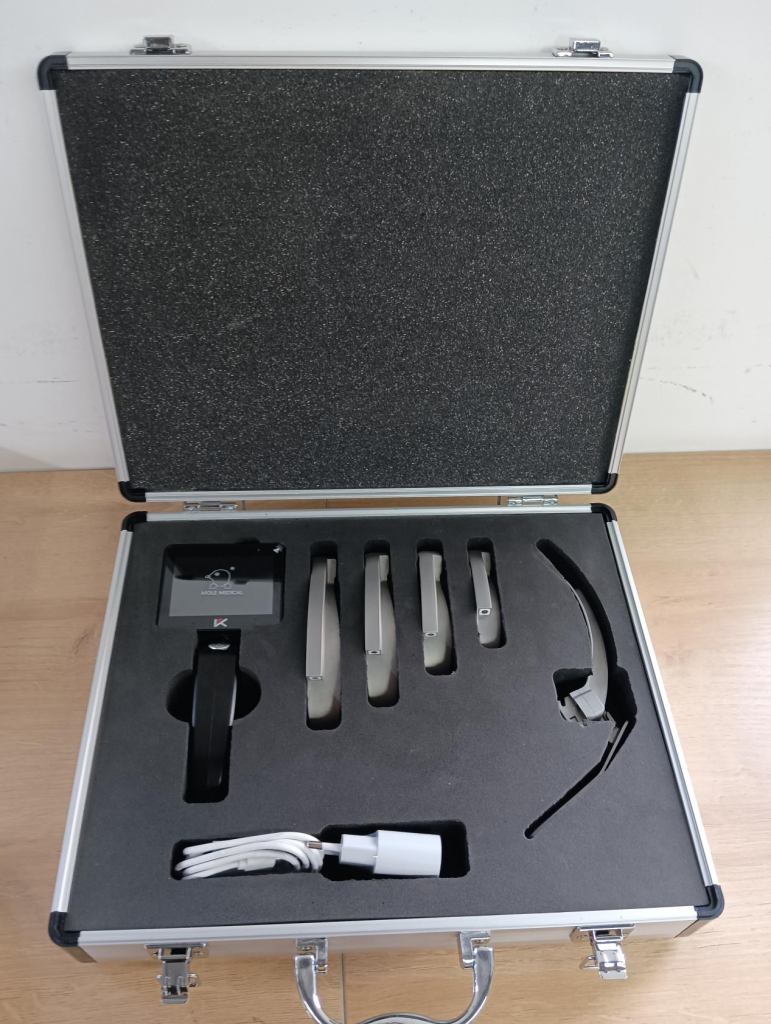
Anesthesia laryngoscopes play a crucial role in ensuring effective airway management during surgical procedures. These devices aid in maintaining a patent airway, which is essential for proper ventilation and oxygenation of the patient.
There are various anesthesia techniques used in conjunction with laryngoscopes, such as endotracheal intubation and supraglottic airway devices. These techniques aim to provide optimal airway control while minimizing discomfort and trauma to the patient.
Proper anesthesia management is also critical for patient safety during airway management with laryngoscopes. Anesthesia professionals must carefully monitor patient breathing, heart rate, and blood pressure to prevent complications such as hypoxia, bradycardia, and hypotension.
Overall, anesthesia laryngoscopes are a valuable tool in airway management and contribute to successful surgical outcomes. The advancements in technology continue to enhance these devices and improve anesthesia techniques, resulting in better patient care.
Conclusion
Overall, anesthesia laryngoscopes are essential tools for managing a patient’s airway during surgical anesthesia. By providing a clear view of the airway, these devices facilitate a variety of laryngoscopy procedures and help ensure proper anesthesia management for patient safety.
Thanks to advancements in technology, anesthesia laryngoscopes have become more sophisticated, allowing for greater precision and improved patient outcomes. As such, these devices have become an integral part of modern surgical anesthesia, providing an essential tool for anesthesiologists and other medical professionals.
Whether it’s through the use of advanced laryngoscope devices or innovative anesthesia techniques, the continued development of anesthesia laryngoscopes is sure to pave the way for further progress in the field of surgical anesthesia.
Therefore, it is crucial for medical professionals to stay up-to-date with the latest advancements in anesthesia laryngoscopes, ensuring that they are equipped with the necessary knowledge and skills to provide patients with the highest level of care.
Anesthesia laryngoscopes are an essential aspect of surgical anesthesia, contributing to better patient outcomes and improved anesthesia techniques. As such, they play a critical role in modern medicine, and their continued development and advancement will only further contribute to patient safety and well-being.
Categories
Latest Articles
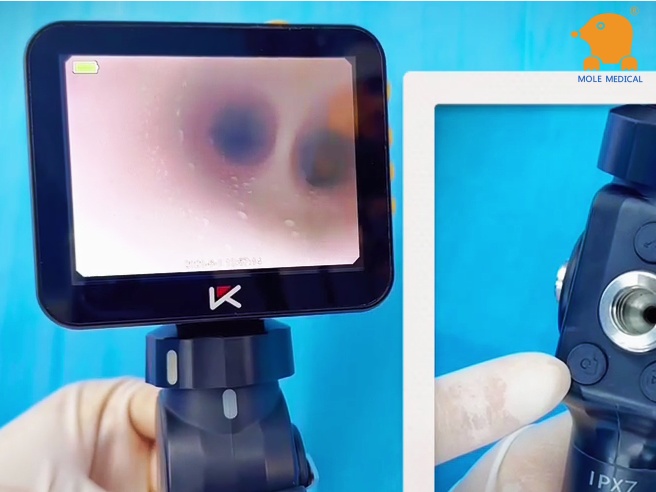
Mole Medical: The Application Value of Electronic Bronchoscopy Alveolar Lavage in Children with Severe Pneumonia and Mycoplasma Pneumonia
Bronchoscopic lung lavage has become an important treatment method for severe pneumonia caused by mycoplasma in children. This technique mainly involves using a flexible electronic bronchoscope to enter the child’s airway and, under direct vision, remove the obstructive mucus plugs and inflammatory secretions. At the same time, lavage fluid is collected for pathogen detection. Compared ... Read more

Join Us at MEDLAB ASIA & ASIA HEALTH 2025!
Date: July 16–18, 2025Venue: Malaysia International Trade & Exhibition Centre (MITEC)Booth: H32 – Don’t miss it!Like & Follow us for updates!See you at Booth H32!

Clinical comparison of foreign body removal procedures using rigid bronchoscopy, fiberoptic bronchoscopy, and flexible electronic bronchoscopy
Bronchial foreign bodies are a common emergency in pediatrics. Clinically, bronchoscopy techniques are typically used to remove the foreign bodies. Currently, the three main bronchoscopy techniques each have their own characteristics, and among them, the flexible bronchoscopy shows unique clinical value in pediatric patients. This article conducts a clinical application analysis of all three bronchoscopy ... Read more
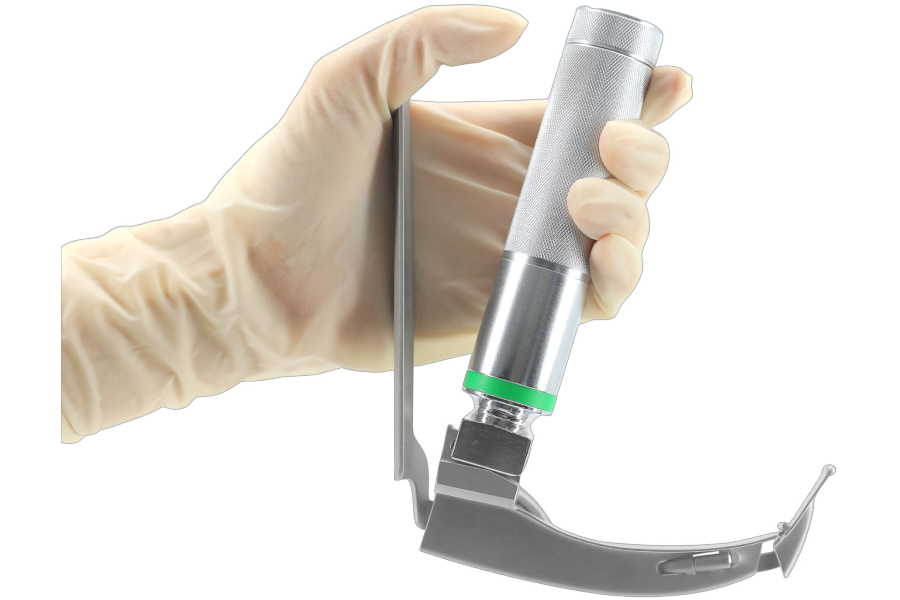
How Fibre Optic Laryngoscopes Improve ENT Procedures
In modern ENT procedures, precision and visibility are key. That’s where the laryngoscope fibre optic technology comes in. Unlike traditional tools, these advanced devices use fibre optics to provide a clear, well-lit view of the throat and vocal cords. This means doctors can see more and do more—with less risk to the patient. But how ... Read more
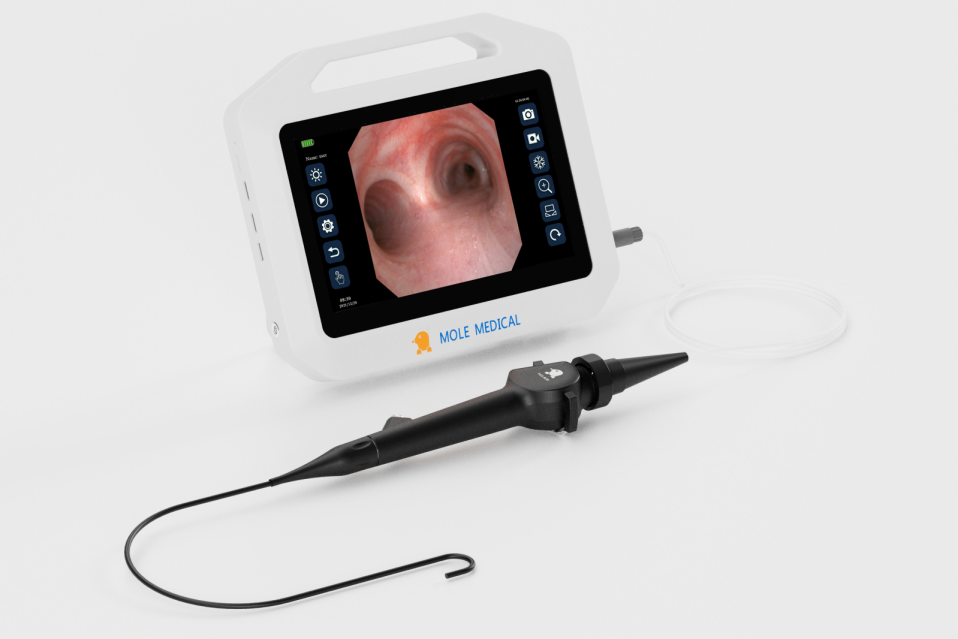
Flexible Laryngoscopy: A Clearer Voice for Quicker Diagnoses
Flexible Laryngoscopy is a powerful tool that helps ENT specialists do just that. It uses a thin, flexible scope to view the throat, vocal cords, and airway in real-time. The procedure is quick, non-surgical, and performed right in the clinic. For patients with voice changes, chronic cough, or throat discomfort, this method offers fast answers ... Read more



